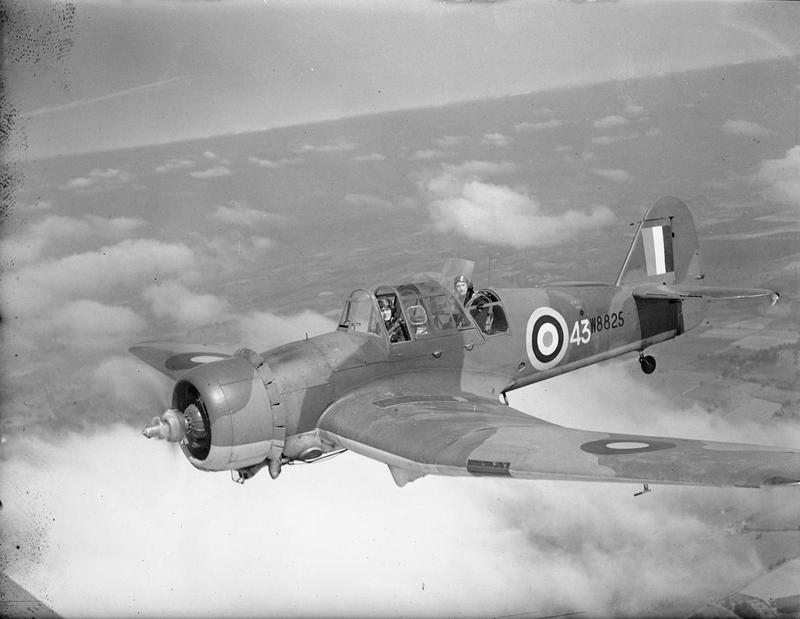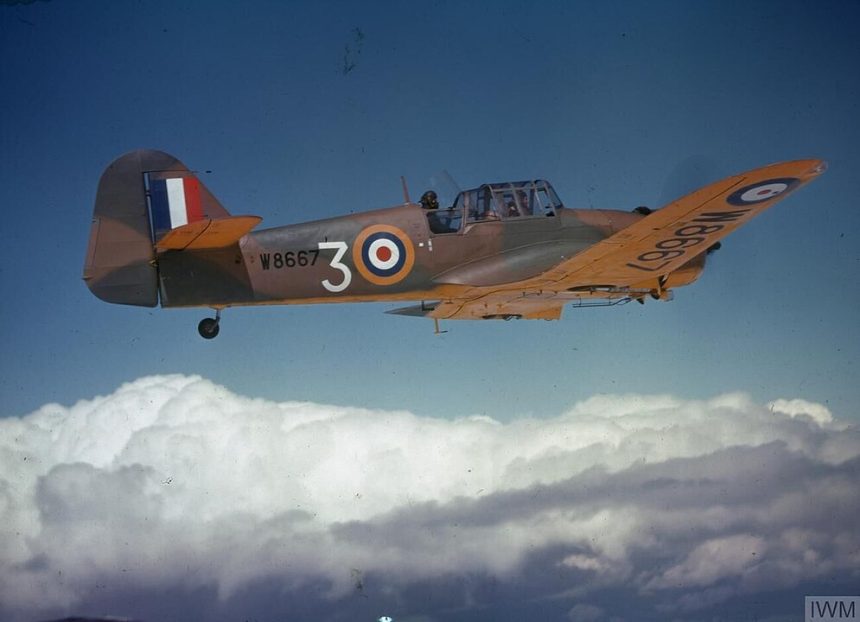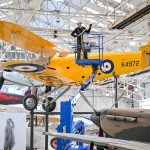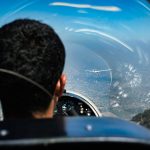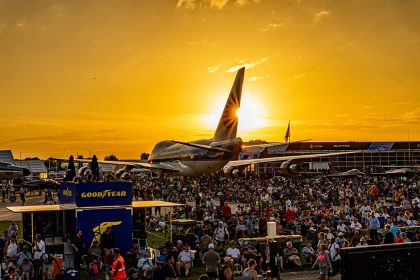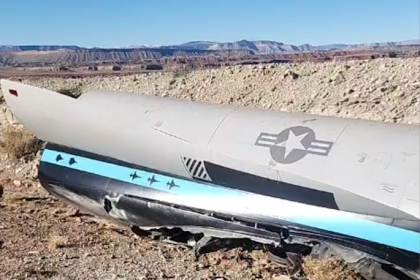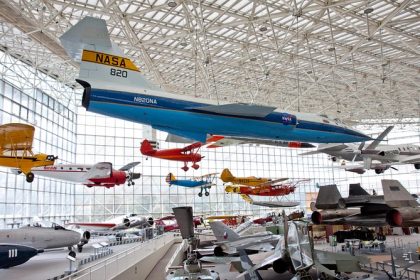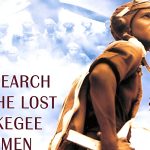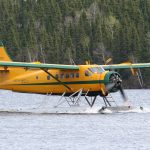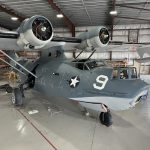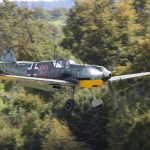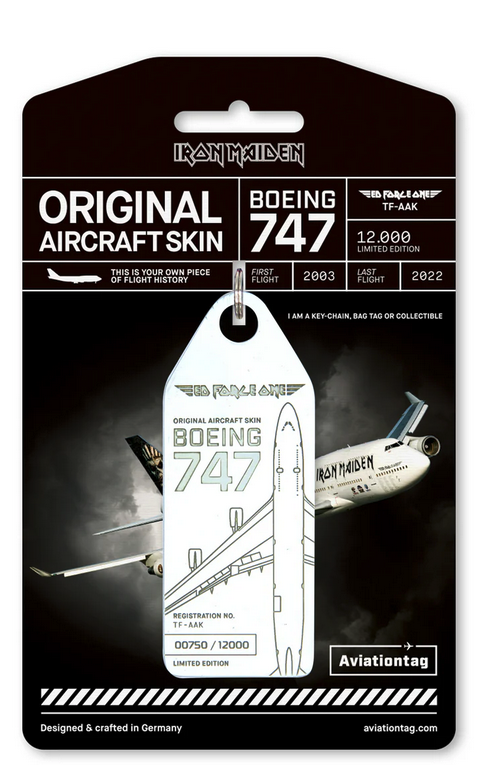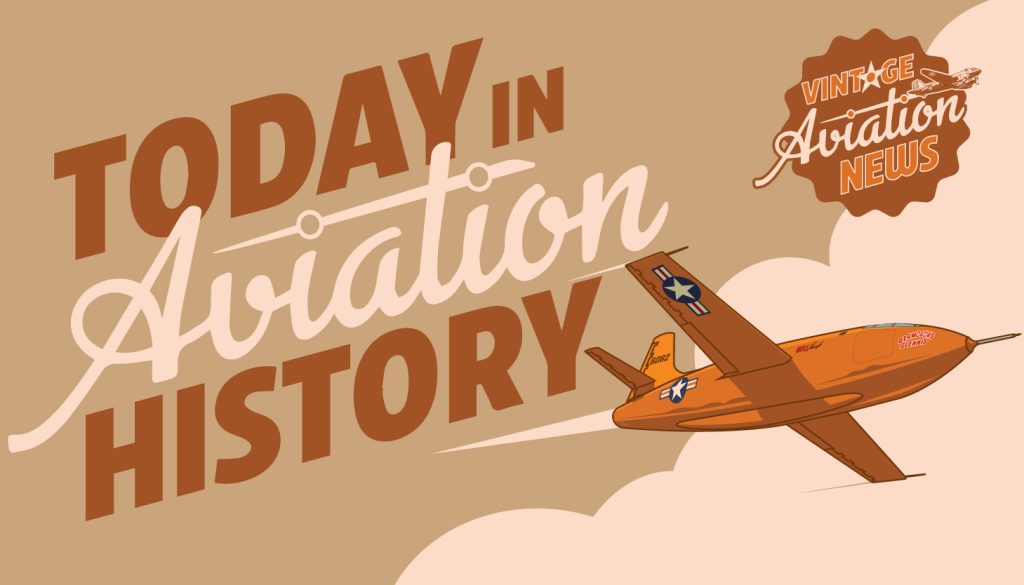
Eighty-six years ago today, on March 31, 1939, the Miles M.9 Master took to the skies for the first time. Developed from the Miles M.9 Kestrel prototype, the Master was designed as an advanced trainer for the Royal Air Force (RAF) and Fleet Air Arm. This low-wing monoplane provided the speed and handling necessary to prepare pilots for frontline fighters such as the Spitfire and Hurricane, making it a crucial stepping stone in Britain’s wartime pilot training programs.
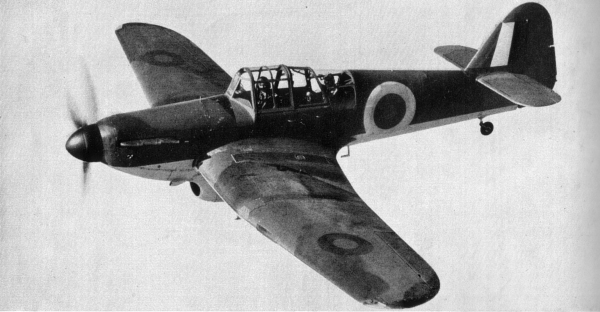
Powered by a Bristol Mercury XX nine-cylinder radial engine producing 870 horsepower, the Miles Master could reach speeds of up to 242 miles per hour. With a flight endurance of 1.8 hours, it was well-suited for extended training sessions. The aircraft featured a tandem cockpit, with the instructor’s seat positioned 12 inches higher than the student’s, offering improved visibility. Additionally, instructors could disable the student’s flight controls and instruments to simulate emergency scenarios, further enhancing its effectiveness as a training platform.
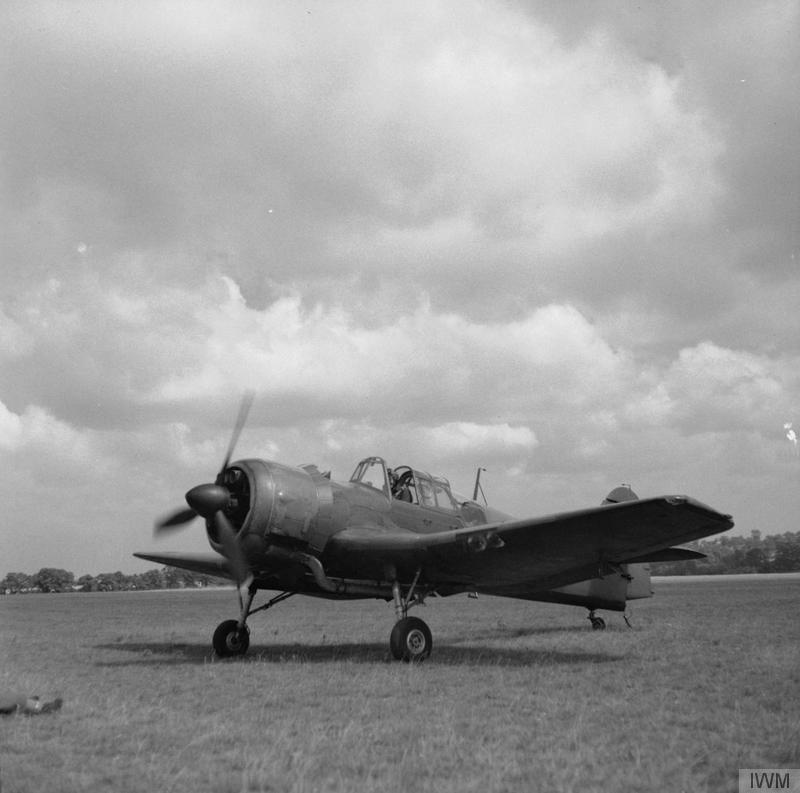
During World War II, the Miles Master played a vital role in preparing pilots for combat. In addition to serving the RAF, the aircraft was used by air forces in Egypt, South Africa, and Turkey. A total of 3,249 Masters were built between 1939 and the end of the war. Despite its significance, no complete examples of the Miles Master are known to survive today. Only a few small components remain, preserved in British aviation museums. Nevertheless, the Master’s legacy endures as a key trainer that helped shape the next generation of fighter pilots, leaving a lasting mark on aviation history.
